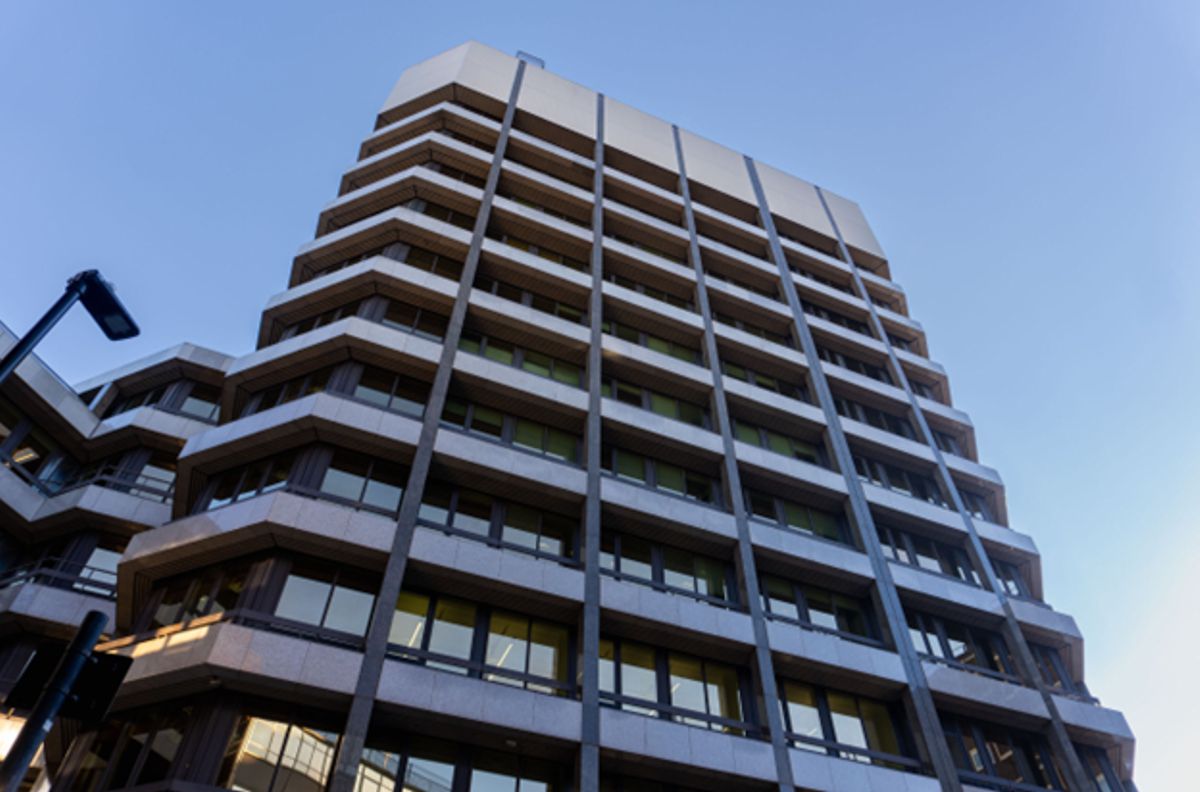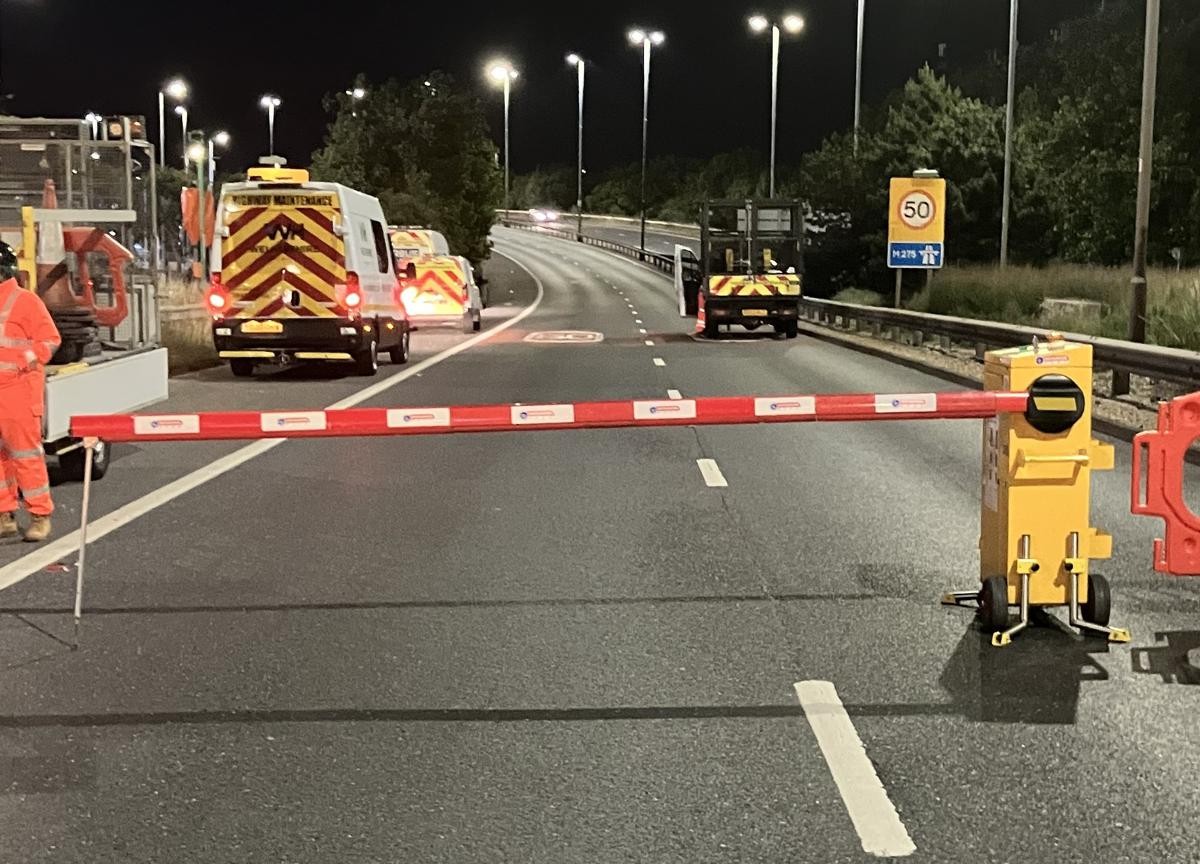Calming the bumpy road to speed compliance
Speed bumps have long been the default solution for local authorities wishing to facilitate a reduction in speeding vehicles on certain sections of road, particularly in built-up areas. However, research by the Imperial College London has found that the level of harmful emissions from diesel cars increases significantly when vehicles slow down and accelerate, producing 98 percent more nitrogen dioxide and 64 percent more carbon dioxide when driving over speed bumps.
These findings are notable because the UK has struggled to keep within EU limits on some pollutants, particularly nitrogen dioxide (NO2), which is linked to a range of respiratory diseases. The High Court recently ruled that existing government proposals to meet EU-mandated pollution limits were insufficient and Ministers were ordered to draw up new clean air plans. These plans were published for the consultation phase in May and some of the proposals have proved to be very controversial.
One measure that could be implemented is a ‘toxin tax’ on diesel and older petrol cars which would see owners of such vehicles being charged to drive in larger city centres across the UK. Opponents to the proposed tax argue that punishing drivers who followed Government policy – which actively encouraged consumers to buy diesel cars a few years ago – is unfair and that reducing congestion and removing stop/start obstacles, such as speed bumps, would be a more effective approach to curb pollution.
Ed King, President of the AA, said: “It appears that many local authorities are impeding the flow of traffic with road humps, chicanes, pinch points and poorly managed traffic lights. Cars are much more efficient when they can run at a consistent speed.”
Showing the ‘red card’ to speeding drivers
Road safety campaigners are generally against the removal of speed bumps, but one alternative traffic calming measure is better sequencing of traffic lights. This approach aims to keep traffic flowing smoothly – minimising emissions – whilst encouraging speed compliance by ensuring that drivers who keep within the limit arrive at a green light. Conversely, those detected speeding prior to the signalised junction will trigger a red light to stop them and force them to reduce their speed through the area.
The aim is to deter speeding violations by offering drivers an incentive to adhere to the limit, rather than penalising them after the offence has been committed. This method is commonly found in Europe and is most effective on roads where there is clear evidence of repeated non-compliance, especially on arterial routes into a built-up area where vulnerable road users may be more at risk.
A speed compliance system, integrated with existing traffic signals, has been designed and installed by Clearview Intelligence as a UK ‘first’. It is sited on the busy A78 in Scotland where the road runs through the village of Fairlie. Evidence from traffic surveys identified frequent speeding offences with drivers passing through the village in excess of the 30mph speed limit.
Various traffic calming solutions were put in place, including vehicle activated signs and new road markings. Even with these measures in operation, ongoing surveys showed that a significant proportion of vehicles within the village itself were still exceeding the limit.
Clearview worked with supply chain partners Dynniq Group and Coeval Ltd, to design and install a speed compliance solution which incorporated advanced wireless vehicle speed detection, vehicle speed activated signs and the existing traffic signals.
The system slows down road users who persist in driving above the speed limit by intentionally stopping them at the signalised junction. This measure effectively slows their progress through the village and aims to positively influence driver behaviour before an offence occurs. The solution can be widely replicated in urban areas to encourage speed reduction.
Giving complacency a warning
Complacency and familiarity can be a dangerous mind-set in terms of speed compliance. Visual reminders to drivers to pay attention and adjust their speed to suit the road layout and the conditions is a valuable means of encouraging lower speeds to avert danger.
Clearview Intelligence has designed an effective vehicle activated dynamic signage solution to highlight speed limits for different vehicles. The system is now in use in several locations on the A75 Gretna to Stranraer route which transports 1.5 million vehicles a year, including around 200,000 Heavy Goods Vehicles.
Transport Scotland and the road operator, Scotland TranServ, are tasked with ensuring the A75 is safe for drivers and for residents of the settlements along the route. Clearview worked with both companies to design a solution to encourage a reduction in overall traffic speed along the length of the route.
The road has differing speed limits according to vehicle type, so the system classifies vehicles and identifies the correct speed for that category. This allows vehicle activated signs (VAS) to show the appropriate speed limit warning for each vehicle type. Tailoring the alerts in this way significantly increases the effectiveness of the warning, ensuring drivers don’t become complacent, and that they adhere to the speed limit and approach junctions or built-up areas with caution.
As an additional benefit, this speed compliance solution does not contribute to increased emissions from abrupt stop/start vehicle movements and the units are solar-powered. All of which is positive on the environmental impact.
Opponents of speed bumps claim that they are invasive, noisy, costly, and damaging to the environment.




















